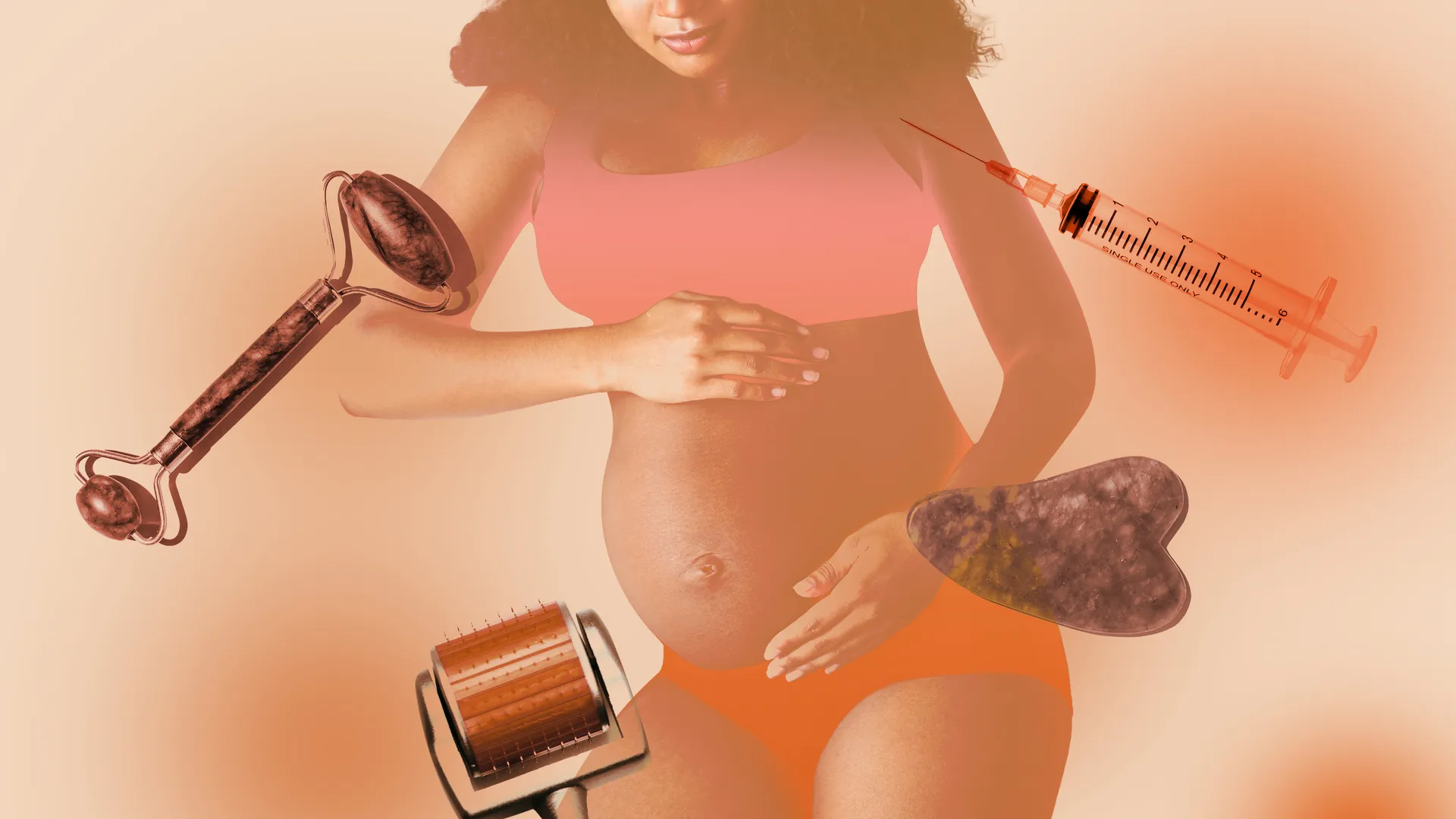
The conversation surrounding cosmetic injectables often hits a serious roadblock when the topic turns to pregnancy. The question, “Can you get Botox while pregnant?” is one that aesthetic practitioners face with consistent frequency, and yet, the answer remains less a definitive “yes” or “no” and more a careful navigation of ethical constraints, incomplete data, and the principle of non-maleficence. It’s a space where medical caution must necessarily override elective vanity, given the high stakes involved in fetal development. To truly understand the stance of the medical community, one must look beyond the simple fact of the injection and delve into the complexities of botulinum toxin’s mechanism, the nature of its systemic absorption, and the profound, unavoidable gaps in human-subject research. The decision to forgo treatment is not based on proven harm, but on the inability to guarantee absolute safety, a distinction that is paramount when discussing gestation.
The question, “Can you get Botox while pregnant?” is one that aesthetic practitioners face with consistent frequency, and yet, the answer remains less a definitive “yes” or “no” and more a careful navigation of ethical constraints, incomplete data, and the principle of non-maleficence.
The decision to forgo treatment is not based on proven harm, but on the inability to guarantee absolute safety, a distinction that is paramount when discussing gestation.
Botulinum toxin type A, the active component in products like Botox, Dysport, and Xeomin, is classified by the U.S. Food and Drug Administration (FDA) as a Pregnancy Category C drug. The question, “Can you get Botox while pregnant?” is one that aesthetic practitioners face with consistent frequency, and yet, the answer remains less a definitive “yes” or “no” and more a careful navigation of ethical constraints, incomplete data, and the principle of non-maleficence. This categorization is telling; it signifies that animal reproduction studies have revealed an adverse effect on the fetus, though crucially, there are no adequate and well-controlled studies in humans to confirm or refute these findings. In preclinical studies on mice, rats, and rabbits, administration of botulinum toxin at very high, systemically distributed doses—far exceeding those used in typical cosmetic treatments—has been associated with outcomes such as fetal growth reduction, delayed bone ossification, and in some instances, fetal loss. The ethical impossibility of conducting randomized, controlled clinical trials on pregnant women for an elective cosmetic procedure means this information void will likely persist indefinitely, leaving practitioners and patients reliant on limited case reports and retrospective data.
This categorization is telling; it signifies that animal reproduction studies have revealed an adverse effect on the fetus, though crucially, there are no adequate and well-controlled studies in humans to confirm or refute these findings.
To truly understand the stance of the medical community, one must look beyond the simple fact of the injection and delve into the complexities of botulinum toxin’s mechanism, the nature of its systemic absorption, and the profound, unavoidable gaps in human-subject research.
The primary argument for the low-risk profile of cosmetic botulinum toxin injections hinges on its mechanism of action. This categorization is telling; it signifies that animal reproduction studies have revealed an adverse effect on the fetus, though crucially, there are no adequate and well-controlled studies in humans to confirm or refute these findings. The toxin is a large protein molecule, and when injected into the muscle, it is designed to remain highly localized at the neuromuscular junction to block the release of acetylcholine. The standard cosmetic dose is fractional, measured in small units, and the expectation is that negligible amounts, if any, ever enter the systemic circulation or reach the bloodstream. If the toxin does not significantly disseminate throughout the body, the theory suggests, it cannot reach the placenta and subsequently affect the developing fetus. However, this is a theoretical conclusion based on optimal conditions and dose limits, and it does not account for the slight possibility of accidental vascular injection or individual variations in diffusion and absorption, which introduces a margin of unquantifiable risk.
The standard cosmetic dose is fractional, measured in small units, and the expectation is that negligible amounts, if any, ever enter the systemic circulation or reach the bloodstream.
The primary argument for the low-risk profile of cosmetic botulinum toxin injections hinges on its mechanism of action.
The placental barrier is not an impenetrable wall, and the transfer of substances from the mother’s circulation to the fetal circulation is a well-established physiological fact. The standard cosmetic dose is fractional, measured in small units, and the expectation is that negligible amounts, if any, ever enter the systemic circulation or reach the bloodstream. While the large molecular weight of botulinum toxin (approximately 150 kDa) generally suggests poor passage across the placenta, making it unlikely to cross via simple passive diffusion, the absence of robust data means this cannot be asserted with absolute certainty. The greatest risk period is often considered to be the first trimester, a period of rapid and critical organogenesis, where the fetus is most vulnerable to teratogenic effects from external substances. An important distinction arises from cases of clinical botulism—severe, systemic exposure to the toxin—in pregnant women. Though rare, reports indicate that even in cases of severe maternal paralysis, the infants were often born healthy, and the toxin was not detected in the infant’s serum. These observations, while not directly applicable to cosmetic injections, lend some indirect weight to the notion that the toxin, even when systemically present, struggles to cross the maternal-fetal barrier effectively.
The greatest risk period is often considered to be the first trimester, a period of rapid and critical organogenesis, where the fetus is most vulnerable to teratogenic effects from external substances.
While the large molecular weight of botulinum toxin (approximately 150 kDa) generally suggests poor passage across the placenta, making it unlikely to cross via simple passive diffusion, the absence of robust data means this cannot be asserted with absolute certainty.
For women who discover they are pregnant shortly after receiving a Botox injection, the immediate reaction is often one of extreme anxiety. The greatest risk period is often considered to be the first trimester, a period of rapid and critical organogenesis, where the fetus is most vulnerable to teratogenic effects from external substances. In such scenarios, the approach of the consulting physician or dermatologist is typically one of reassurance based on the limited available data. Several retrospective studies compiling outcomes from women unknowingly treated during the first trimester, often for therapeutic indications like migraine or dystonia, have generally concluded that the prevalence rate of major fetal defects among live births in this group is consistent with the background rate found in the general population. However, these are retrospective data sets, prone to inherent biases and often lacking detailed information on dose and precise gestational age at the time of exposure. The consensus remains that an exposure that has already occurred is unlikely to necessitate drastic measures, but future elective injections should be strictly avoided.
Several retrospective studies compiling outcomes from women unknowingly treated during the first trimester, often for therapeutic indications like migraine or dystonia, have generally concluded that the prevalence rate of major fetal defects among live births in this group is consistent with the background rate found in the general population.
For women who discover they are pregnant shortly after receiving a Botox injection, the immediate reaction is often one of extreme anxiety.
The overarching ethical imperative in medicine, especially during pregnancy, is Primum non nocere—first, do no harm. Several retrospective studies compiling outcomes from women unknowingly treated during the first trimester, often for therapeutic indications like migraine or dystonia, have generally concluded that the prevalence rate of major fetal defects among live births in this group is consistent with the background rate found in the general population. Since cosmetic treatment with botulinum toxin is elective and provides no tangible health benefit to the mother or child, the potential, however slight, for fetal risk is deemed unacceptable. This conservative medical stance transforms the lack of safety data from a simple informational gap into an absolute contraindication. The transient desire to smooth a few lines simply cannot justify accepting any level of ambiguity regarding a developing life.
Since cosmetic treatment with botulinum toxin is elective and provides no tangible health benefit to the mother or child, the potential, however slight, for fetal risk is deemed unacceptable.
The overarching ethical imperative in medicine, especially during pregnancy, is Primum non nocere—first, do no harm.
For expectant mothers seeking ways to manage skin changes during gestation, there are a number of non-invasive, pregnancy-safe alternatives that should be explored. Since cosmetic treatment with botulinum toxin is elective and provides no tangible health benefit to the mother or child, the potential, however slight, for fetal risk is deemed unacceptable. The focus shifts entirely to topical, surface-level treatments that have proven safety records. Ingredients like Hyaluronic Acid, which draws moisture into the skin and can temporarily plump fine lines, and Vitamin C, a powerful antioxidant that supports collagen and brightens the complexion, are widely regarded as safe. Gentle facials, LED light therapy (avoiding heat-based treatments), and robust sun protection with mineral-based sunscreens offer viable options for maintaining skin health and appearance without introducing systemic risk. The temporary nature of pregnancy-induced skin changes, often involving hormonal fluctuations, suggests a patient approach is the wisest course of action.
Ingredients like Hyaluronic Acid, which draws moisture into the skin and can temporarily plump fine lines, and Vitamin C, a powerful antioxidant that supports collagen and brightens the complexion, are widely regarded as safe.
For expectant mothers seeking ways to manage skin changes during gestation, there are a number of non-invasive, pregnancy-safe alternatives that should be explored.
Furthermore, it is important to understand that the appearance of the skin is often heavily influenced by lifestyle factors that can be controlled and optimized during pregnancy. Ingredients like Hyaluronic Acid, which draws moisture into the skin and can temporarily plump fine lines, and Vitamin C, a powerful antioxidant that supports collagen and brighten the complexion, are widely regarded as safe. Adequate hydration, a nutrient-dense diet rich in healthy fats and proteins, and consistent, quality sleep are foundational elements of skin elasticity and radiance. Addressing these core physiological needs provides a holistic and safe approach to maintaining a healthy appearance that far surpasses the marginal, temporary benefit of an injectable cosmetic procedure.
Adequate hydration, a nutrient-dense diet rich in healthy fats and proteins, and consistent, quality sleep are foundational elements of skin elasticity and radiance.
The temporary nature of pregnancy-induced skin changes, often involving hormonal fluctuations, suggests a patient approach is the wisest course of action.
Finally, the discussion of cosmetic procedures must extend into the postpartum period, specifically regarding breastfeeding. Adequate hydration, a nutrient-dense diet rich in healthy fats and proteins, and consistent, quality sleep are foundational elements of skin elasticity and radiance. While the large molecular weight of the toxin makes it highly improbable that clinically significant amounts would transfer into breastmilk, the same lack of definitive human data that exists for pregnancy persists for lactation. Most medical professionals recommend erring on the side of caution and postponing botulinum toxin injections until after the weaning process is complete. This unified, risk-averse recommendation across both pregnancy and lactation underscores a deep-seated respect for the vulnerability of the infant and the need for clear safety margins when data is scarce.
